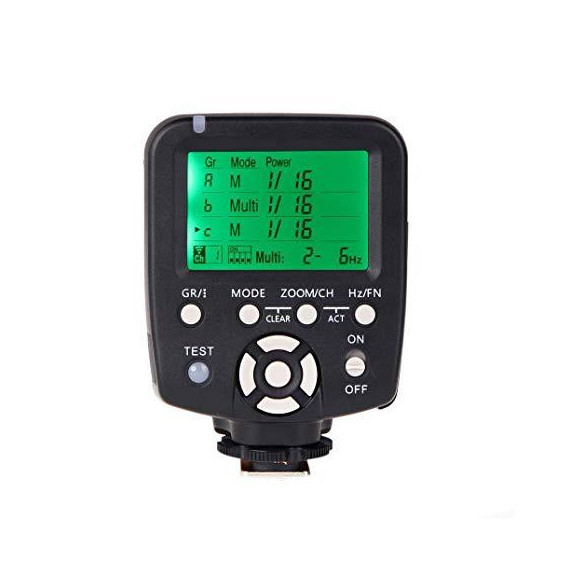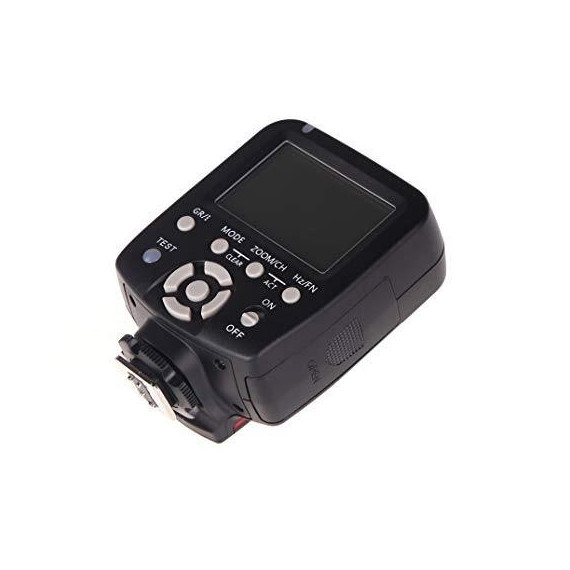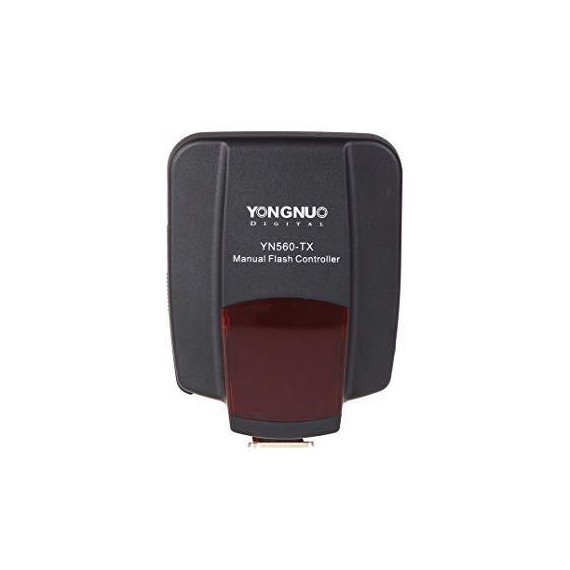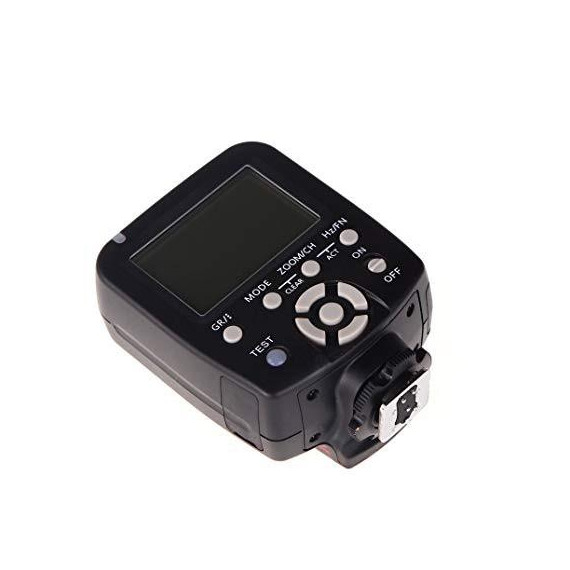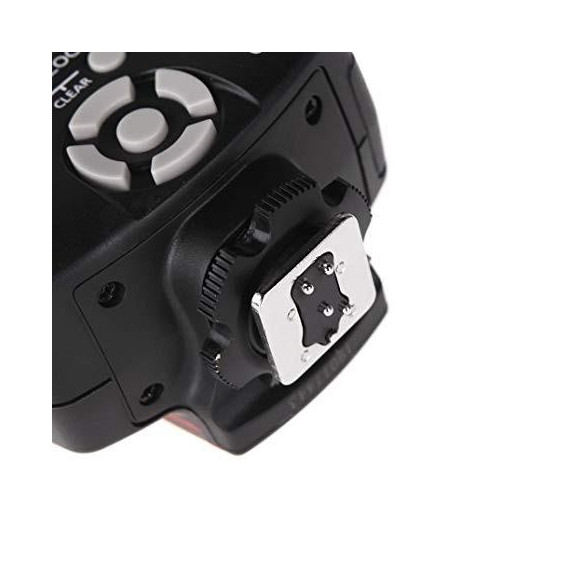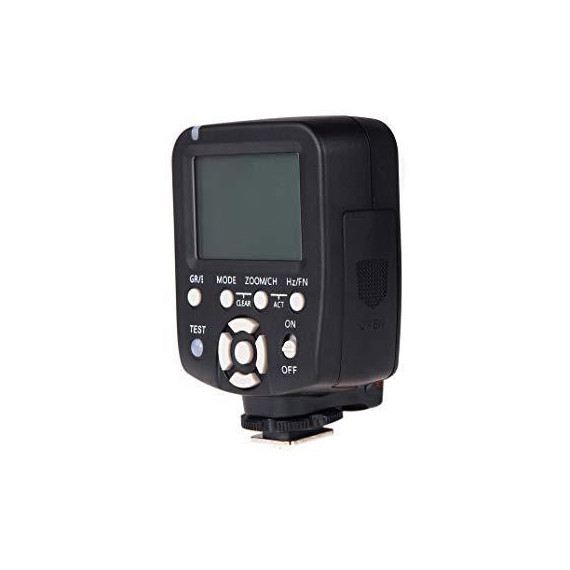Daniel S.

Yongnuo CA-63YN-560TXC YN560-TX Wireless Flash Controller and Commander for YN-560III YN-560TX YN560TX Speedlight for Canon DSLR Cameras
$ 17900
Yongnuo CA-63YN-560TXC YN560-TX Wireless Flash Controller and Commander for YN-560III YN-560TX YN560TX Speedlight for Canon DSLR Cameras
B00KM1QZRY

Serving customers for more than 35 years, Adorama has grown from its flagship NYC stor...
المدينة: US, Pasadena
Delivery
DHL express - Fast
1 day, Door-to-Door, Courier Delivered
from 26$
Pickup at your own expense
Tomorrow from 09:00 to 20:00, Store location
Free
Payment options
Cash, bank card, credit/installment payments, cashless payment for legal entities
Warranty and returns
Exchange/return of products of proper quality within 14 days
Official manufacturer's warranty: 12 months
Features
Item Dimensions
4.69 x 3.66 x 2.64 in
Description
This fits your .
Reviews
Frank Contreras
Jason G. Creative Studios
ProConsumer
shirleylow
Ryan
MPC
Fantasyman
Tad
filmy
Showing 10 of 20 review
الرجاء تسجيل الدخول حتى نتمكن من إخطارك بالرد



